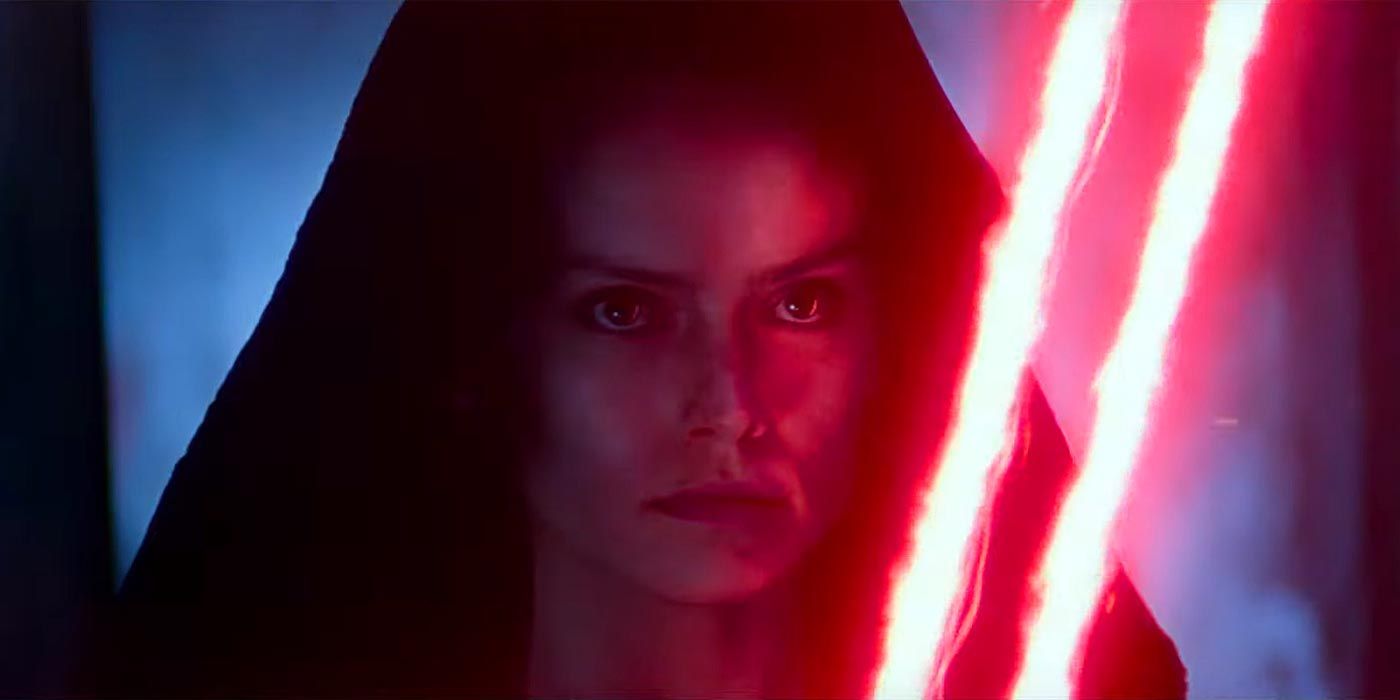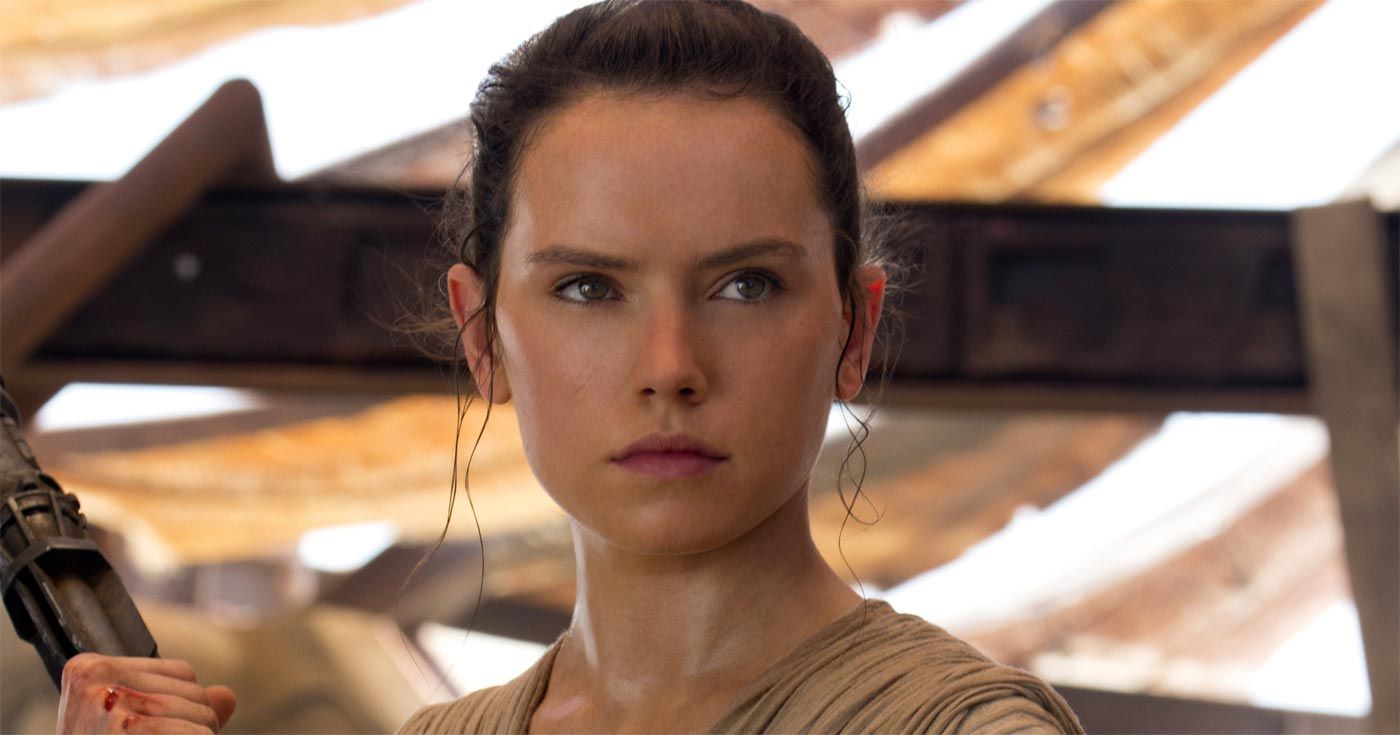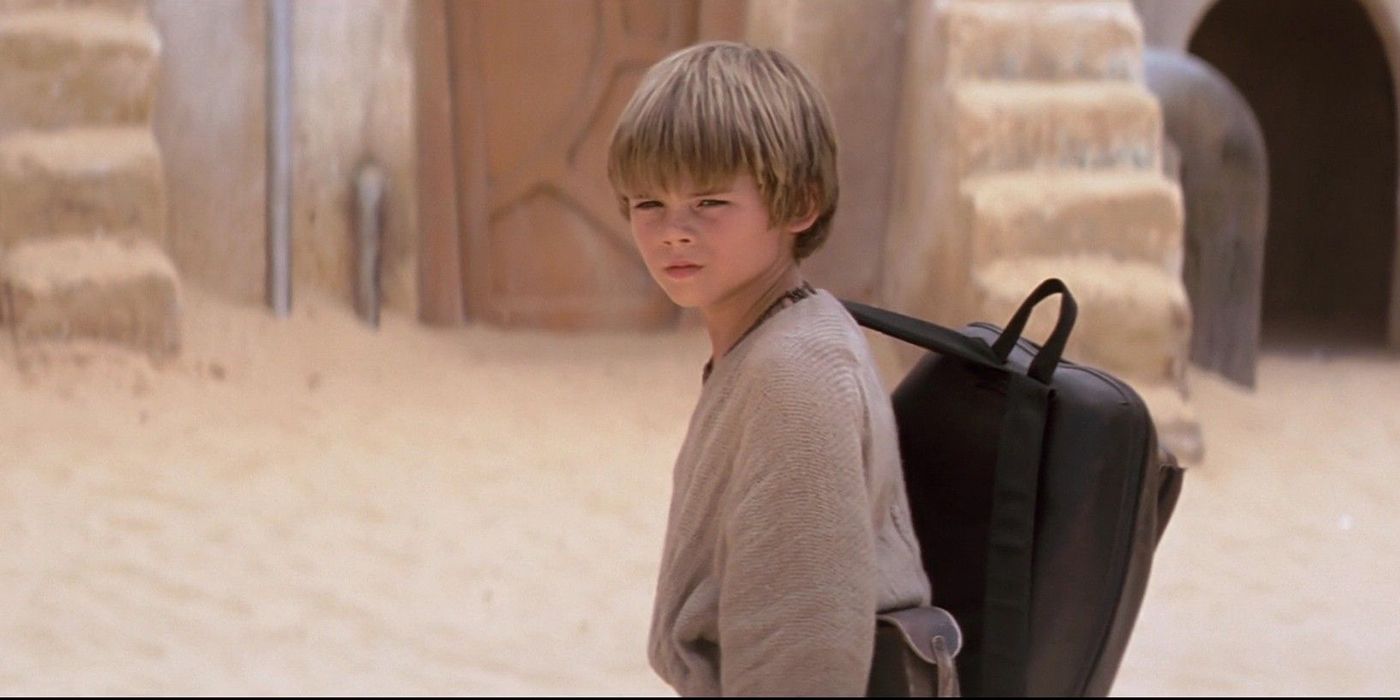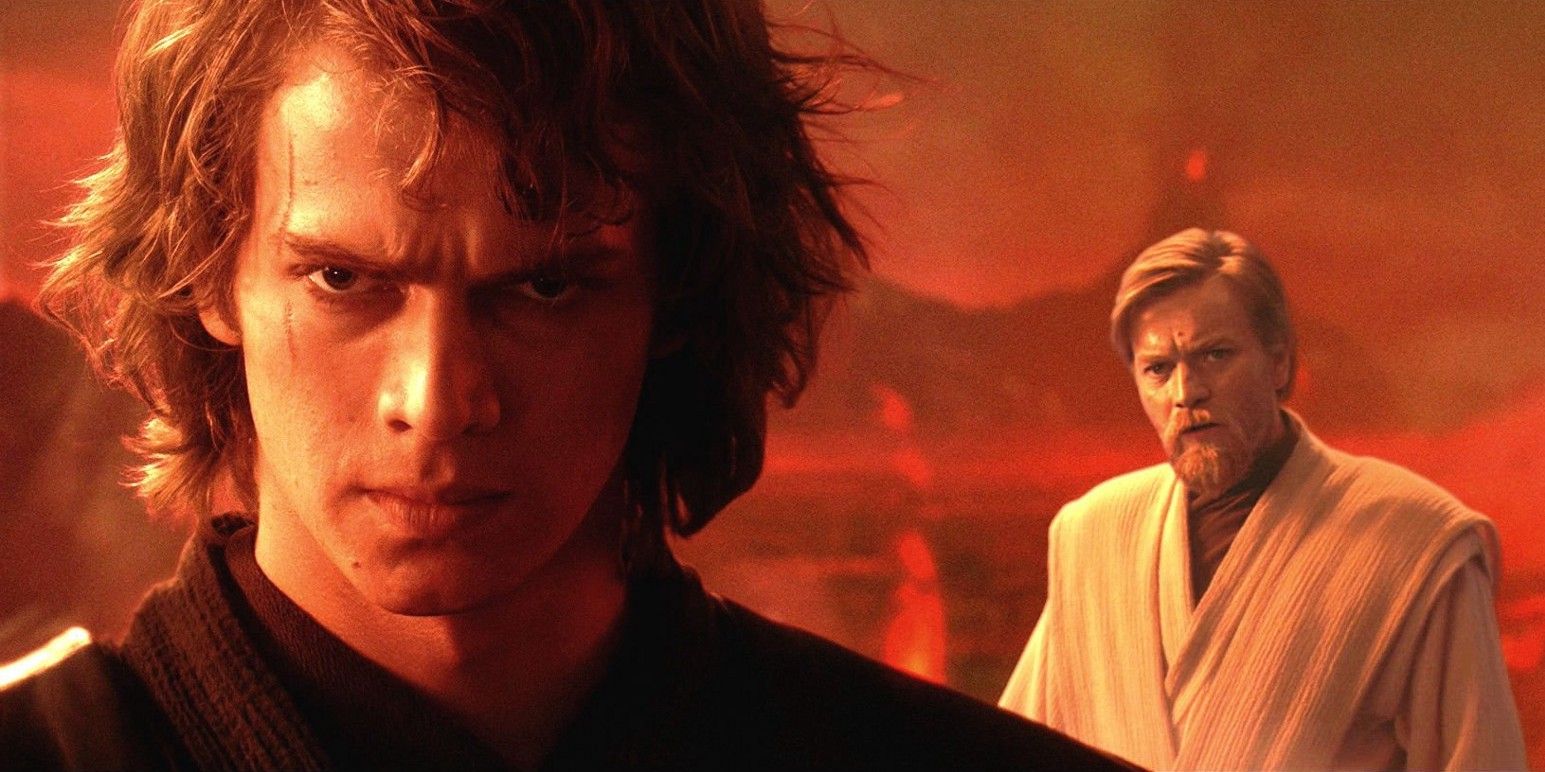The image of Star Wars' newest hero, Rey, clad in dark robes, igniting a Sith-red (and awkwardly structured) lightsaber, has become the clip that launched a thousand fan theories -- as Disney and Lucasfilm no doubt hoped it would.
The bulk of this speculation revolves around a general disbelief that this cloaked figure is really a Force vision, hallucination, Palpatine-hatched clone or even an evil twin -- essentially, anything but the real deal. Fans are right to be suspicious, too.
The footage's very inclusion in this latest offering from The Rise of Skywalker's marketing campaign could well indicate that, much like the non-reveal of Rey's parentage in The Last Jedi, this "twist" is really a red herring (imagine if, "No, I am your father" had been a footnote at the end of a theatrical trailer for The Empire Strikes Back?) Even at a time when Disney thinks the death of a major X-Men character is worth spoiling for the sake of pre-sale tickets, it's hard to imagine a plot point as major as a Jedi going Dark Side -- without the name Anakin -- being used for casual advertisement.
But while Rey might not really be in line to be the Emperor's next apprentice (or, at least, not our Rey), the possibility has got us thinking about the unspoken similarities the heroic protagonist of the sequel trilogy shares with the not-so-heroic star of the prequels. Similarities that, red herring or not, make a shift closer toward a less righteous path for Rey -- our Rey -- not so unthinkable.
From the very beginning, she was clearly signposted as the Luke Skywalker of the new trilogy: An orphaned youth stuck on a "nowhere" desert planet, gazing up at the stars and longing for more. On top of that, there was her natural knack for piloting, Force-rich blood and lingering questions about her parentage, which led her right to Luke himself. Even her pale robes and wide-eyed drive for adventure evoke the young Jedi, aesthetically and spiritually.
For a franchise both applauded and skewered for being too wrapped up in historical repetition -- required for legacy-building even if there are a few too many Death Stars -- this parallel is so obvious it barely needs to be pointed out. However, the sequel series has also been throwing as many curve balls at us as it has familiar concepts: Stormtroopers have human faces, Jedi Masters renounce their faith and Han Solo is killed off in the first act of the story.
Following this, there's never been any solid assurance of where exactly our principle heroine will find herself by the end of it all, because, as much as Rey is the Luke Skywalker of this current series, she's also very much its Anakin Skywalker, too.
Like Rey, Anakin came from seemingly insignificant origins (Palpatine's Force-impregnation weirdness aside), was a gifted mechanic, was passed between various flawed mentors, witnessed the death a parent (parental figure in the case of Han Solo for Rey) and suffered the loss of a formative master (Qui-Gon for Anakin, Luke for Rey).
Anakin was also a deeply conflicted character in the prequel series -- and continued to be in the originals once he caught on to his master's deception -- in much the same way Rey has been. Visually, the sallow skin and hooded cloak of Dark Rey, other than just being standard Dark Side dress code, mirror Anakin's appearance in the latter half of Revenge of the Sith.
To make this comparison isn't necessarily to say that Rey will share Anakin's dark fate but, rather, to compound the idea that her dual potential to be both Light and Dark didn't just emerge during the events of The Last Jedi thanks to some illicit hand-holding with Anakin's grandson. It's been there all along. That's what makes the Dark Rey image so powerful. By extension, the comparison also confirms Rey as the true bridge between the three trilogies that make up the Skywalker Saga, Skywalker blood or not.
Even if Rey does remain more on the Light Side of things in Episode IX, or just finds a more neutral balance, her rebellious streak and surface-level emotions tie her closely to Anakin, and, should she stick the landing of her heroic journey, her arc could therefore be viewed as a "What If..?" for the corrupted Chosen One had he perhaps been freer to pursue his own path and escaped both the suffocating, religious doctrine of the Jedi and the Sith's destructive influence.
Of course, this idea depends on whether you think that Anakin was led astray by nature or nurture. We'll never know what kind of person Palpatine's Force-engineered offspring might have grown up to be had he not been whisked away from his ill-fated mother and promised a cure to his pathological fear of death that developed as a result (or if Padmé, being a strong advocate for democracy and all that, had used her romantic hold on him to steer young Vader away from his vocal preference for fascism instead of finding it irresistibly endearing). To believe that Anakin was just "born evil" doesn't account for his heel-face-turn at the end of Return of the Jedi, though.
Though Rey has purposefully sought out mentors and tried to find answers in established structures like the Resistance and Jedi Order, when it comes to the ways of the Force, she hasn't been fully saddled to an ideology yet in the same way that Luke and Anakin were; rigid systems of living that led both to become bitter, lonely old men.
In this respect, Rey's story -- and the sequel series in general -- is not merely the repetition of history for nostalgia's sake but, instead, is a sort of redemptive deconstruction of it. Should Darth Rey not come to pass, Episodes VII - IX will serve as a second chance to watch an isolated and fiercely passionate hero live out much of the same successes, failures and traumas as the one we watched in Episodes I - III, without allowing those things to shape them into a hateful puppet for tyranny.
Instead, Rey could actually fulfill what many suspect Anakin's "Chosen One" status was really all about: The democratization of the Force and the freedom to choose one's own destiny.




